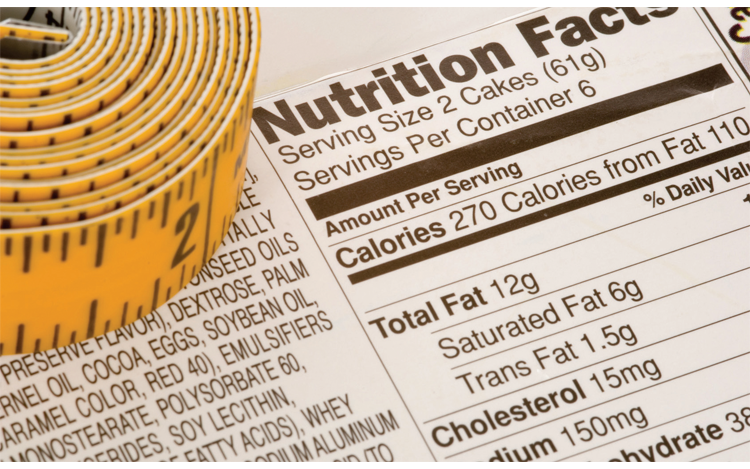National and local medical experts applaud the U.S. Food and Drug Administration’s decision
AMERICA IS ABOUT to get healthier, and medical professionals nationwide couldn’t be happier. Two years after declaring Partially Hydrogenated Oils no longer ‘Generally Regarded As Safe,’ or GRAS, the U.S. Food and Drug Administration (FDA) announced in mid-June that it would require the complete removal of Partially Hydrogenated Oils or PHOs — the main source of artificial trans fats in processed foods — from the U.S. food supply by 2018.
“The FDA has actually been working on reducing trans fats for a long time, first by requiring that trans fats be listed in 2006 on the Nutrition Facts package lab,” points out Dr. Alice Pomidor, a doctor and UF Professor with the Florida Medical Association. “After trans fats became listed as an ingredient, consumer intake decreased by over 70 percent and most companies started voluntarily removing trans fats as ingredients in their products,” she explains. The FDA’s ruling is a nail in the coffin for PHOs, but it will be a boon for the overall health of the American people.
“There is significant and mounting evidence that trans fatty acids appear to confer harmful cardiovascular effects,” asserts Dr. Sergio B. Seoane, a Lakeland Pulmonologist who is on the Polk County Medical Association Board of Trustees. Dr. Seoane cites a March 2001 study published in The Lancet: “The conclusion of the study was that high intake of trans fatty acids (all types of isomers) contributes to the risk of coronary heart disease.” Dr. Pomidor agrees, saying that trans fats and PHOs “affect cholesterol levels, increasing LDL (‘bad’ cholesterol) and decreasing HDL (‘good’ cholesterol). This, in turn, increases the risk of heart disease, stroke, high blood pressure, and diabetes, which are major causes of illness and death in the United States.”
Trans fats are found in many processed foods, from coffee creamers to baked goods to fast foods, but one culprit with a lion’s share of a serving is margarine and vegetable shortening sticks, which were once touted as a healthy alternative to cholesterol-filled butter. Dr. Seoane maintains, “Compared with a butter-enriched diet, diets relatively high in trans fats resulted in smaller reductions in LDL-cholesterol and larger reductions in HDL-cholesterol. Of course, this is very undesirable,” he concludes.
The American Medical Association released a statement applauding the FDA’s June 16 decision, stressing that the removal of PHOs would “help reduce the risk of preventable diseases and ultimately save lives.” Dr. Pomidor references statistics “by the Centers for Disease Control (CDC) that approximately 7,000 lives could be saved annually, as well as up to 20,000 heart attacks prevented, by eliminating trans fats.”
It’s unclear what food manufacturers will use to replace PHOs, and how well those replacements will fare as a healthier substitute. Some reports point to palm oil, an oil high in saturated fat and environmental concerns to boot, as a likely replacement for PHOs. Dr. Pomidor contended that PHOs’ replacements will “depend somewhat on what purpose was being served in the individual food product by using trans fats. For many items, however, it is possible to replace trans fats with healthy oils, such as extra virgin olive oil.”
While it’s not certain exactly what substances will replace PHOs, it is definite that doctors and other healthcare professionals will need to stay abreast of additional developments. “I do think that regardless of which alternative the food industry chooses, these alternatives need to be studied,” Dr. Seoane continues, “especially as it affects cholesterol and cardiovascular disease … Slowly, through education, public awareness, and scientific studies, our diet is improving. We still have a long way to go. Our biggest challenge is to make people understand that the choices they make in their food is as important as any other choice they make in life.”
“Eating well and eating healthy is a conscious decision, which takes effort, planning, money, and time,” Dr. Pomidor adds. “It is ultimately always the patient’s choice, and our job is to give our patients the information they need to make healthy choices.”
CREDIT
article by ERIKA ALDRICH
